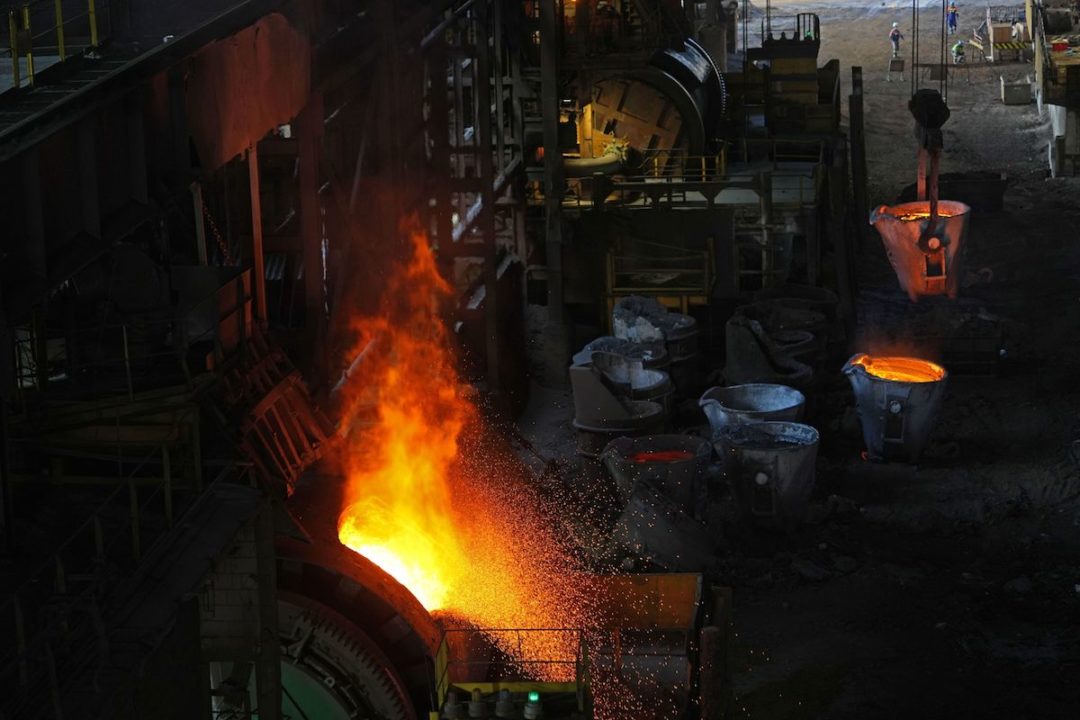
Visit Our Sponsors |
|
|
|
|
|
|
|
|
|
|
|
|
|
|
|
|
|
|
|
|
|
|
|
|
|
|
|
|
|
|
|
|
|
|
|
|
|
|
|
|
|
|
|
|
|
|
|
|
|
|
|
|
|
|
|
|
|
|
|

In a mostly lackluster year for metals trading, nickel emerged as the worst performer and might not see a reprieve anytime soon.
The metal used in stainless steel and electric vehicle batteries posted an annual drop of 45% on the London Metal Exchange, the biggest decline since 2008. That’s by far the worst outcome among industrial metals and contrasts with a 2.2% gain for copper or with iron ore’s advance of about 20% in Singapore.
Metals have been pressured in 2023 by global economic headwinds and uncertainty over China’s growth outlook. The LME’s all-in gauge of six metals is down 5.6% for the year, a second annual decline.
In most cases, concerns over tightening supply or even shortages have proved unfounded or perhaps premature. But those worries were particularly true for nickel, a market that’s been flooded with a wave of new material from top producer Indonesia. Demand growth has also faded.
Read more: Europe, U.K. Lag in Race for Electric Car Battery Raw Materials
“Nickel supply continues to grow, but consumption is showing no sign of improvement,” Huatai Futures analysts wrote in a note posted on its website.
Investors continue to bet against nickel. Net-short positions on the metal among the top 20 brokers on the Shanghai Futures Exchange are currently the biggest in at least six months.
Copper’s annual gain comes after a fourth-quarter rebound, helped by optimism that the Federal Reserve will start cutting interest rates in 2024. Prices will hit $10,000 a metric ton within 12 months, Goldman Sachs Group Inc. said in a December 18 note.
On the final trading day of 2023, copper dropped 0.8% to settle at $8,559 a ton and nickel fell 0.8% to close at $16,603 a ton.
RELATED CONTENT
RELATED VIDEOS
Timely, incisive articles delivered directly to your inbox.


